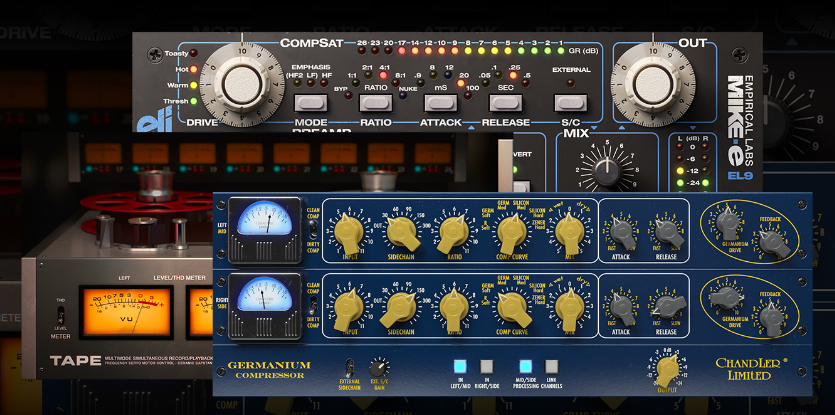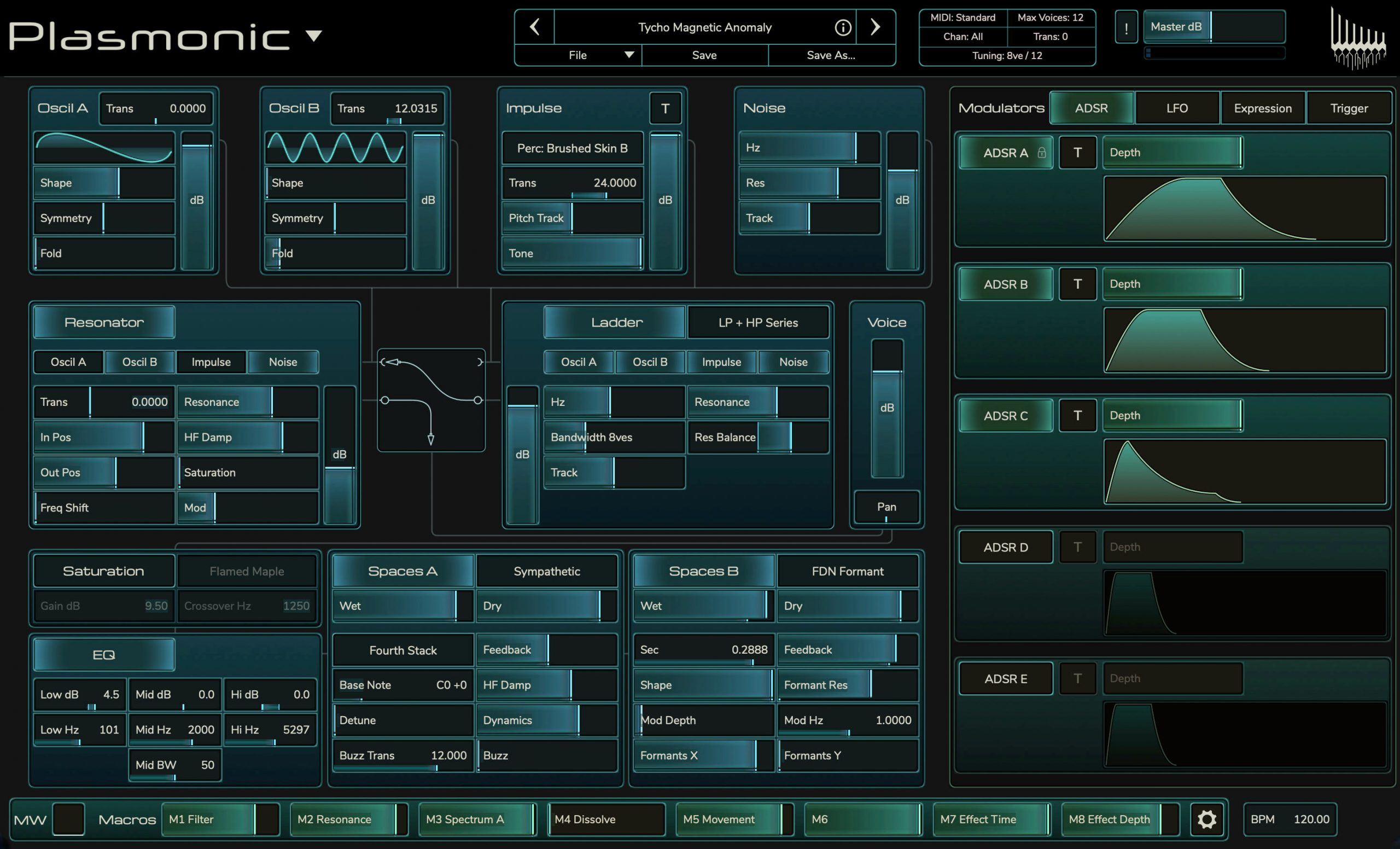- May 19, 2024
Interaction in Max: What exactly is this?
- Estevan Carlos Benson
Answering the question, "Why?"
I've had the chance to talk to several Max comrades about the nature of this course. What is it? How does it work? The most critical of these questions I believe is the "But why?"
I wanted to keep it simple and describe my thoughts and imagination on the subject. Some of questions relate to Figma and other questions relate to the subject of design in general.
A Teaser
What is Interaction Design?
Interaction Design, or IxD, describes the experience and effectiveness of the interaction a person has with a computer. It's a subset of Human Computer Interaction and it's also related to User Experience and User Interface design. In other words, this course will focus on how to create sensible experiences with the interactions in Max.
This brings us to the next idea:
What is User Interface Design?
I've had a lot of conversations with students and people about this topic. It is, in my opinion, the most misunderstood. It's misunderstood because we all have experiences with interfaces but we don't always understand the experiences we have nor do we know the designer's objectives.
When designing things for a specific audience we often aim to communicate effectively. For example, we hope a "Stop" sign is not confusing to anyone. Over many years, a method of communication may become a "design pattern". This means the concept of a "Stop" sign organically became consistent across many cultures. If I visit Thailand or Brazil I may infer what those signs mean based off of how they are visually communicating.
This is one factor we deal with in user interface design. In other words, it's not entirely about aesthetics or beauty.

Aesthetics
The aesthetic quality of our designs can convince the user of its worth and fidelity. It also tells a story. In fact, there are studies that suggest that an aesthetically appealing design will convince some users to overlook the design flaws (something something Apple). It also allows you to speak more directly to your audience and specific communities.
Example
The first image shows products from Softube. These are all graphical user interfaces of VSTs. They are within the style known as skeumorphism. What audience do you think Softube is trying to appeal to? What kind of work does this audience do? Do they have specific motivations?

Another Example
The example below is the great synth, Plazmonic. Does this interface communicate differently? Is it more or less clear? Can you imagine who the intended audience may be? Does it establish a tone or mood?

There's a lot to be said about both examples. Much more will be clarified in the course. What I want to stress here is that understanding your design objectives is important and that's why this course aspires to teach design. Failing to address design introduces you to the risk of confusion, poor communication, and a poor aesthetic quality that takes attention away from the other amazing details.
What kinds of projects are possible?
The previous examples focus on music software, however, using knowledge from this course you could create projects in any of the following categories:
Prototyping
Art Installations
Experiential Marketing
A/V Software
Gamified Experiences
Interactive Animations
Generative Design/Art
And Music Software
Some of these projects may bring you close to that big question of "But why?" I think if Max is a tool you feel comfortable with, then building within it may be a big reason. If your goal is rapid prototyping, it may serve that purpose. I think many of us have worked within some of these categories and knowledge of interaction design could be beneficial to each of these.
Join our mailing list
Get the latest and greatest updates to your inbox!